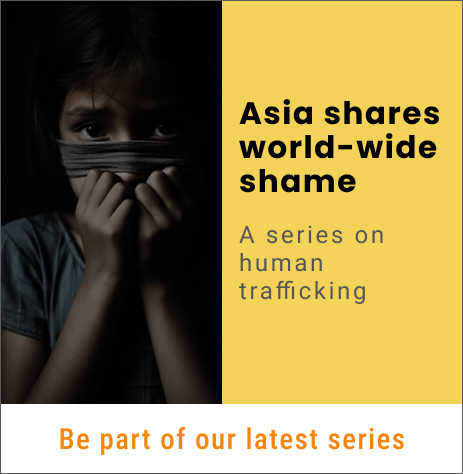Tibetan Buddhists have denounced the Chinese authorities in Tibet for a directive which bans some of the religious practices conducted after the Dalai Lama’s death including refraining from displaying his photos and other “illegal religious activities and rituals.”
The authorities have distributed a manual containing 10 bans on traditional practices related to the Dalai Lama’s death to monasteries in Gansu province in China’s northwest, Radio Free Asia (RFA) reported on April 9.
The manual reportedly lists 10 rules that Buddhist clergy should follow and disrupts the process of recognizing the Dalai Lama’s reincarnation, which has been a contentious issue with the Chinese authorities.

Bhuchung Tsering, head of the research and monitoring unit of the International Campaign for Tibet in Washington, alleged that the move was part of Beijing’s systematic efforts to forcefully bring Tibetan Buddhists to its fold.
China wants to make “Tibetan Buddhists more loyal to the Chinese Communist Party and its political agenda rather than to their religious doctrine,” Tsering said.
“This goes against all tenets of universally accepted freedom of religion of the Tibetan people that China purports to uphold,” Tsering alleged.
Tsering was referring to a manual that was given to the monks in Kanlho Tibetan Autonomous Prefecture in the historical Amdo region of Tibet.
The manual forbids monks from engaging in activities that undermine national unity, hurt social stability in the name of religion, or require cooperation with separatist groups outside the country, an unnamed source said, RFA reported.
It also bans illegal organizations or institutions from entering Buddhist monasteries and states that the education system for monks cannot harbor elements of “separatist ideology.”
It further forbids the promotion of “separatist ideas” and the dissemination of “separatist propaganda” via radio, internet, and television or by other means, and deception in the form of open or covert fraud, the unnamed Tibetan source pointed out.
Tibetan Buddhists believe that the successor of the Dalai Lama happens through incarnation, whereas the Chinese government seeks to control the centuries-old selection method by appointing its preferred candidate.
Golog Jigme, who was imprisoned and tortured by Chinese authorities in 2008 for co-producing a documentary on the injustices faced by Tibetans under Chinese rule, alleged that the move from China was aimed at wiping out the Tibetan identity.
“While the Chinese government implements various political activities targeting Tibetans, the primary focus seems to be eradicating the Tibetan identity through the dismantling of Tibetan religion and culture,” Jigme alleged.
Jigme now lives in Switzerland and works as a human rights activist.
He Moubao, secretary of China’s State Party Committee, had emphasized the need for Tibetans to sinicize religion and to implement the Chinese Communist Party’s policy on religious work during his visit to two counties in Kanlho Tibetan Autonomous Prefecture in March this year.
“Monks should be guided in this regard to maintain national unity and social stability,” Moubaohad reportedly said, RFA reported.
Tenzin Dorjee, the former chair of the United States Commission on International Religious Freedom (USCIRF), alleged that China’s communist regime was egregiously violating religious freedom in Tibet by “sinicizing Tibetan Buddhism to fulfill its political and ideological goals and agenda.”
“To say that no one can lawfully practice Buddhism after His Holiness the Dalai Lama passes away is an indication of imposing more religious repressions in Tibet later,” Dorjee told RFA.
China annexed Tibet in 1951 and has ruled the region with an iron grip since then.
The reincarnation of the Dalai Lama has occurred 13 times since 1391, when the first Dalai Lama was born, according to Tibetan Buddhism. It is believed that the Dalai Lama chooses the body into which he will be reincarnated.

The current Dalai Lama, whose given name is Tenzin Gyatso, fled Tibet amid a failed 1959 national uprising against China’s rule and has lived in exile in Dharamsala, India, ever since.
He is the longest-serving Tibetan Buddhist spiritual leader in Tibet’s history.
Credit: Source link




